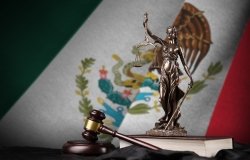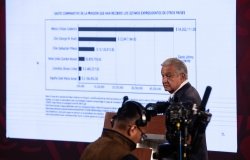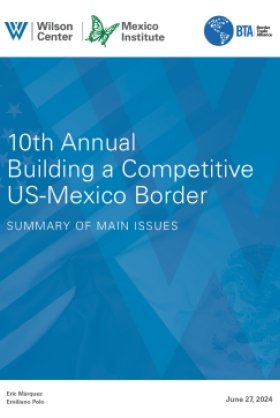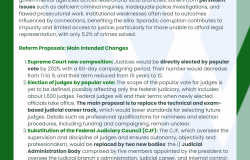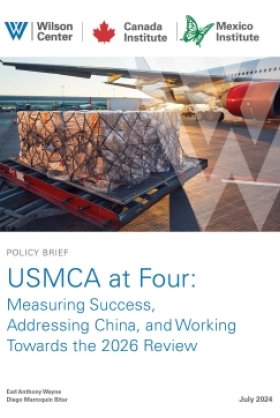Mexico’s First Woman President: From the Unimaginable to the Attainable
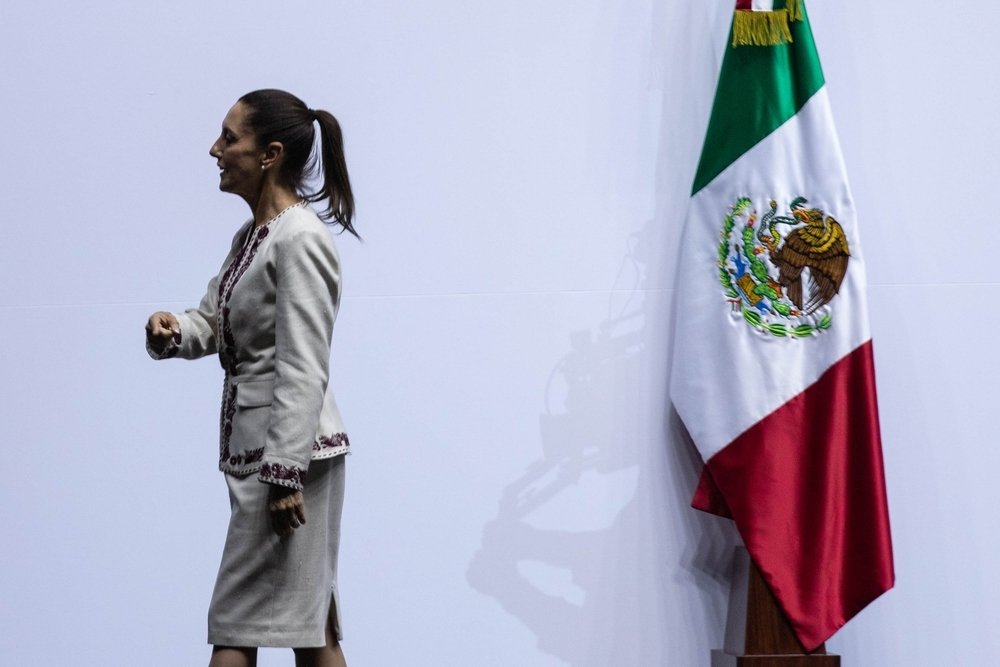
shutterstock_2514507311.jpg
Dek: Hurdles lie ahead. But the inauguration of Claudia Sheinbaum breaks a crucial barrier.
“I never imagined we would have a woman president.”
Since Claudia Sheinbaum won the election in June, several Mexican women have told me that, for most of their lives, they hadn’t considered the possibility that one of them could hold the presidency. After all, women didn’t have the right to vote in Mexico until 1953. For decades, few held political office.
But 30 years ago, women lawyers and activists joined together and began pushing for reforms, starting in 1993 with a recommendation for political parties to promote women’s participation. From there, they fine-tuned reforms to strengthen quotas for legislative candidates. By 2014, the quota expanded to 50-50 parity for candidates seeking seats in both houses of the country’s federal congress. In 2019, a constitutional reform went further with Paridad en todo, calling for gender parity in the public sector.
In the 1990s, women held about a tenth of seats in Congress. Now they hold half in both houses. Twenty-seven of 32 state legislatures have achieved parity, 13 states will have women governors, and the presidential cabinet will have an equal number of men and women. The head of the Supreme Court, the Central Bank, and the national electoral agency? All women.
Over the course of three decades, it’s been normalized for women to hold office in Mexico, paving the way for a woman to win the highest position in the biggest Spanish-speaking country in the world. Not only that, but the country’s first woman to win the presidency earned nearly 36 million votes—the largest tally in Mexico’s recent history.
There are caveats. Ahead of the June elections, someone in Washington asked me about the elections, and when I told him the competition was coming down to two women, he said, “That should solve the femicide problem in Mexico.” Of course, it’s not that simple. Sheinbaum will not enter office with a magic wand to eradicate the systemic violence that leads to the murders of more than 10 women a day. She can’t snap her fingers and end the 16-percent wage gap. And she will inherit a fragile economy that could hamstring funding for programs and policies needed to close the 30-point gender gap in workforce participation that leaves Mexican women bearing the burden of unpaid domestic work.
Moreover, even as Mexican women win office, they often find their ability to weild power constrained in political party structures that are still controlled by men. In the case of Sheinbaum, there have been endless questions asked and articles written about whether she will be able to govern independently or will find herself beholden to the influence her predecessor, Andrés Manuel López Obrador, or AMLO, holds over the party—and whose political project she has pledged to continue.
Sheinbaum won by 32 points over her next closest rival. She enters office with approval levels north of 70 percent. Her coalition holds sufficient congressional majorities to pass constitutional reforms, not to mention the state legislatures needed to ratify them. Even though she will be the Mexican president who arguably has the strongest mandate in decades, AMLO has bequeathed her with his massive reform agenda, including a controversial judicial overhaul that has sparked protests and international concerns, and that will be enormously complex to implement. Much of her cabinet is made up of secretaries loyal to AMLO and his son will hold a leadership role in the party. Like countless women before her, Mexico’s first presidenta contends with emerging from a powerful man’s shadow.
Without a doubt, there are obstacles. Still, a huge one has been removed. On the night before she took power, Sheinbaum unveiled the new logo for the government of Mexico showing a young woman bearing the flag. For a new generation of Mexican women, with the inauguration of Mexico’s first woman president, a feat that was once unimaginable is now attainable.
About the Author

Carin Zissis
Editor-in-Chief, AS/COA Online, Americas Society/Council of the Americas

Mexico Institute
The Mexico Institute seeks to improve understanding, communication, and cooperation between Mexico and the United States by promoting original research, encouraging public discussion, and proposing policy options for enhancing the bilateral relationship. A binational Advisory Board, chaired by Luis Téllez and Earl Anthony Wayne, oversees the work of the Mexico Institute. Read more






